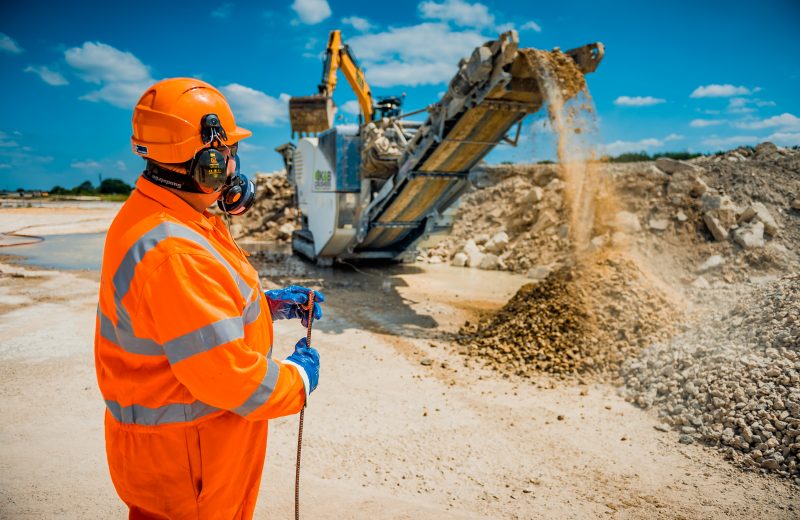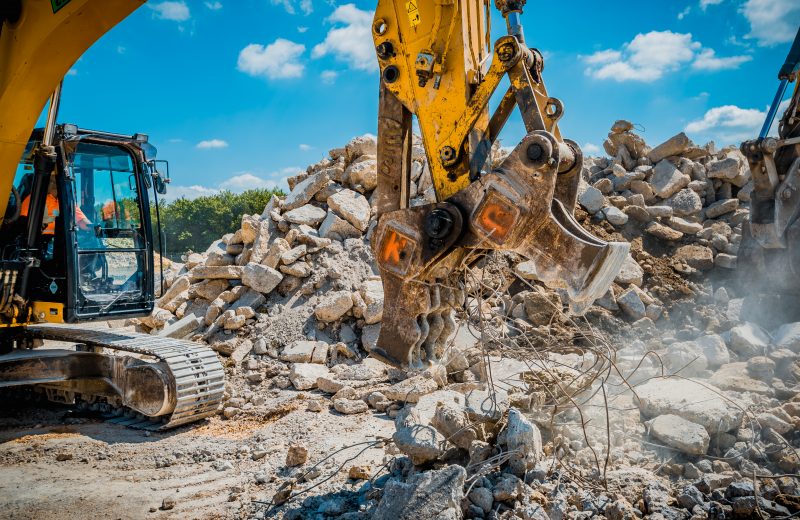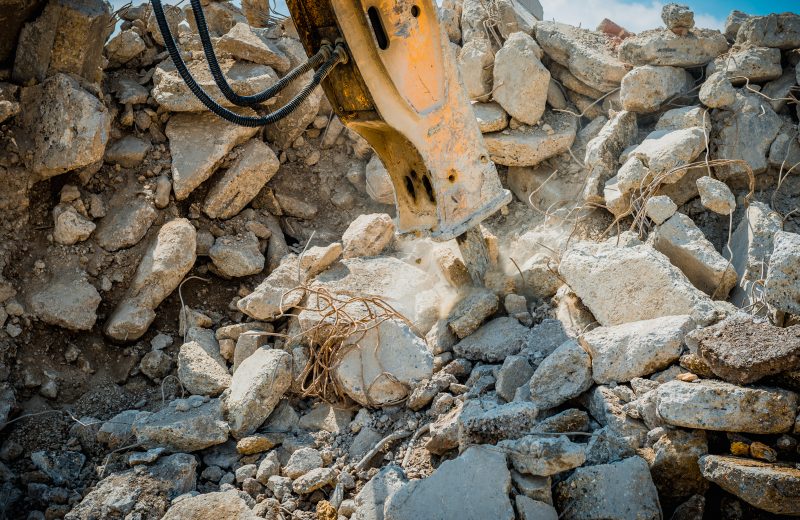Essentially, secondary impact crushers reduce mineral materials, including concrete and asphalt, as well as natural rock in size to produce a valuable construction material and recycle rubble.
Similar to other crushing machines, secondary impact crushers primarily differ in the way they reduce material, utilising spinning rotors and solid impact walls to strike and impact the material, breaking it down.
Secondary impact crushers have a wide range of applications, particularly in construction and mining projects where aggregate crushing is a necessity.
What is a secondary impact crusher?
Secondary impact crushers are crushing machines designed to process middle-size stone products into gravel or sand-sized aggregate. Impact crushers differ from other crushing machines in that they utilise impact as the mechanism of crushing, rather than the pressure force employed by other kinds of crushers.
Commonly found in a range of mining and construction settings, allowing operations to convert rubble and larger-size stone and mineral debris into useful, smaller-size aggregate, secondary impact crushers are perfect for industrial and construction purposes.
How does a secondary impact crusher work?
A secondary impact crusher utilises a fast-spinning rotor to launch the material against a series of solid impact walls within the crusher. This striking and impacting breaks down the material into smaller pieces, resulting in a homogenous, consistent output.
You can adjust the degree to which the machine breaks down material by changing elements like the spinning speed and distance of the striking walls to accommodate the different desired sizes of the gravel or sand output. With sand and gravel being valuable products, it can be extremely useful to be able to control the output size of the aggregate, enabling a more diverse range of uses.
The key benefits of a secondary impact crusher
Secondary impact crushers are an incredibly dynamic, cost-saving, and effective option compared to many other crushing options. Allowing operations to quickly, effectively, and reliably break down a range of materials, secondary impact crushers can streamline many aspects of industrial, crushing and mining operations.
- Large feed opening with a high capacity allows for high rates of feeding
- High reduction rate, often breaking the material down at a ratio of thirty to one
- High performance, efficiently and quickly working through a range of materials
- Produces quality, highly adjustable commodity products in the form of gravel and sand
- Low investment and operating costs, reducing overall downtime and costs
What materials can you process?
Secondary impact crushers are dynamic additions to many operations, able to effectively process a range of materials. Materials secondary impact crushers are regularly used for include limestone, dolomite and gypsum, as well as concrete, asphalt and other recycled rubble.
With construction aggregates consisting of sand, gravel, recycled concrete, and other materials being the most commonly mined product in the world, demand for effective crushing machinery is high, with more dynamic, adjustable machines allowing for a wider range of uses, industries and applications enabling better, more useful aggregate products.
Get in touch with us today to learn more about how secondary impact crushers can help your project.



